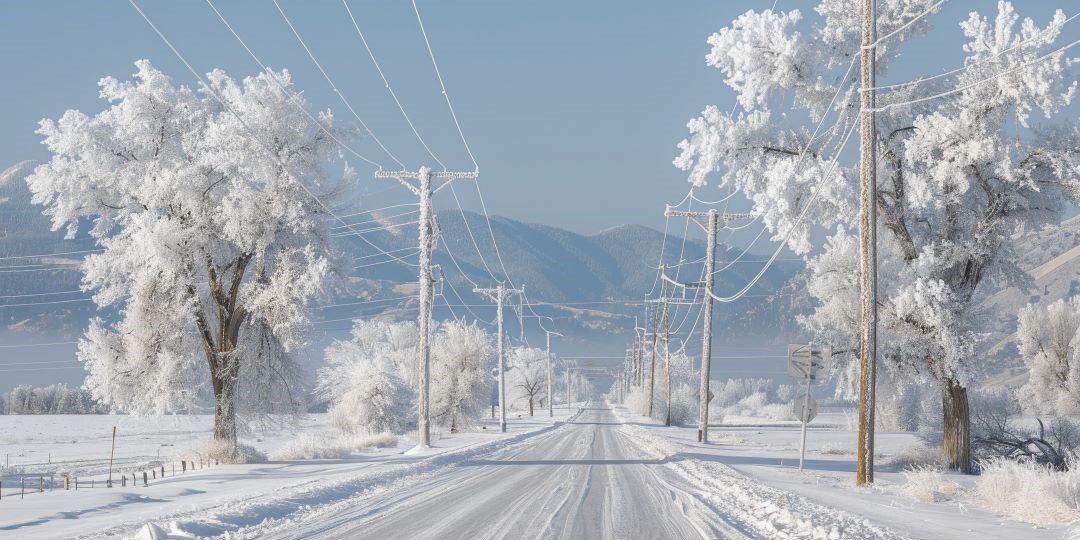By Sr NERC Reliability Specialist Richard Schlottmann
Here we are on the cusp of Summer; temperatures are soaring, and freezing weather is the furthest thing from our minds. Yet this is the perfect time to consider what needs to be addressed prior to the arrival of freezing temperatures and winter weather. After all, it is a little too late to address winter operations once the weather has turned for the season. After the severe cold weather that struck the south and mid-west earlier this year, it would be a good idea for facilities to dust off their cold weather operations procedures or begin to develop them.
What things should be considered to ensure a facility has the best Cold Weather Ops plan? Where do you even start? If we look at the forthcoming NERC Standard EOP-011-2 Emergency Preparedness and Operations, specifically R7 and R8, we would want to ensure the following items are in the Cold Weather Ops plan:
- Ensure freeze protection is adequately implemented and meets design requirements based upon the geographical location (it would be a good idea to look at the unusually cold temperatures for the area to ensure that the heat trace can perform as expected).
- Ensure work orders are set up and implemented for Heat Trace preventative maintenance before the first freeze of the season. This ensures the heat trace is available and functional prior to freezing temperatures.
- Identify the Facilities cold weather limitations:
- Operational capability (MW and MVAR loads, Balance of Plant equipment operations concerns)
- Availability (ability to start, stop and recover from a trip)
- Fuel supply (inventory/supply constraints)
- Multi-fuel capabilities (if available, have them tested and confirm fuel transfers work and MW loads are maintained)
- Identify environmental constraints (air permit limits when cold, SCR concerns and available Ammonia supplies)
- Refer to the performance guarantee for the minimum operating temperature of the units, which should allow for operation without exceeding air permit limits for gas turbines or boilers. For steam turbines, ensure exhaust steam is not sub-cooling in the last row blades of the turbine as this will cause water droplet impingement on the blades thus eroding the leading edges.
- If the performance guarantee cannot be found, look at historical data or perform an engineering analysis to determine the minimum operating temperature.
- All site operations and maintenance staff must be trained on the Cold Weather Operations Plan and their specific responsibilities.
While NERC requires the above items to be included in the cold weather operations plan, industry best practices also include the following:
- Critical systems (such as the plant instrument air system)
- Critical instrumentation (such as steam header pressure transmitters, drum level indicators)
- Logic review to identify processes that need alternate signals should the normal input from the field no longer function
- Alarms implemented to assist with cold weather operations
- Spare instrumentation inventory
- Temporary heat trace, tarps, heat lamps, etc. inventory
- Staffing levels for 24/7 coverage both for operations and maintenance of the Facility
- Food and bedding available if staff are stranded at the Facility due to weather conditions
- Rental equipment contracts for heaters and assorted equipment
- Fuel contracts with local suppliers for rental equipment
- Vital chemicals for plant operations (Acid, Caustic Soda, amine and or ammonia)
There are many more site-specific items that can be considered to fully prepare for extreme weather events. Ultimately, adequate cold weather planning, preparation, and training will ensure safe and reliable operations.
There are a multitude of lessons learned from issues that arise from facilities operating in severe cold weather, some successful and other not so successful. To help better learn how to protect your Facility during severe cold weather, reach out to other facilities in your area and discuss what they have done or learned to better operate in extreme conditions.
Now that we have discussed the pertinent NERC required items, industry best practices and how to apply lessons learned, all that is left is to wait for that cold weather to arrive to see how well the Cold Weather Ops Plans work!
